Description
Containers
Containers should be clean and free of contaminants. Containers should be at least at room temperature, although pre-heating the containers to approx. 45 – 50°C can be beneficial.
Pouring
Pour temperatures may vary according to mould type & size, fragrance & dye used and the effects the candle maker wishes to achieve. Greater adhesion to containers can be achieved by pouring at temperature close to congealing point (approximately 45 – 55°C). Fragrance should be added and mixed immediately prior to pouring where practical. If you experience difficulties with your pour temperature, try a lower or higher temperature in increments of 5 – 10°C. Consider pouring into pre heated moulds for better adhesion to glass containers.
Colour
Most dyes work with KeraSoy Container; powder, liquid, chips, blocks, etc. When using powder dyes, heat the wax to approx. 75°C, add the dye and mix until dissolved. Powder dyes may also be dissolved in fragrance and then added to the melted wax, be sure the dye has dissolved completely before adding. When using powder dyes dissolved in fragrance, liquid dyes, colour blocks, chips or no dye heat the wax to70°C. If you wish to make your candle darker or “richer”, add a little black dye to the colour you are using.
Fragrance
KeraSoy Container may be used with fragrance at levels up to 10-12%, however fragrance which is specifically developed for use with natural waxes is highly recommended. Burn pool size and depth greatly affect fragrance throw so correct wicking is paramount. Some fragrances may react poorly with the wax causing bleeding, objectionable surface finishes or poor flame quality. This has been found to be exaggerated when using fragrances specifically designed for use in Paraffin wax candles.
Wicking
Natural waxes tend to require larger wick sizes than traditional paraffin waxes. Fragrance, colour and candle configuration have a great impact on the best wick choice. Too large of a wick may cause sooting, accelerated burn times and guttering (wax leaking through the side of the candle). Too small a wick will cause tunnelling and produce a smaller flame. Keep wicks trimmed to 1⁄4 inch. If you experience poor flame quality or stability, try a different type of wick. Test burning should be done after the candle has had a chance to sit for 48 hours after pouring.
Melting
Temporary high temperatures (up to 90°C) have no adverse effect as long as the wax is cooled back down quickly. Higher temperatures may cause the wax to discolour. Allow the wax to cool to your desired pour temperature, add the fragrance and mix well. Be sure to stir/mix the wax while melting. Avoid using containers containing copper and zinc as this may accelerate discolouration. Stainless Steel is the material of choice although mild steel is acceptable. Digital temperature probes are readily available and are a safer choice than the traditional Mercury in glass type.
Candle Cooling
Cool undisturbed candles at room temperature (about 25°C). Candles should be allowed to sit undisturbed for 48 hours before test burning.


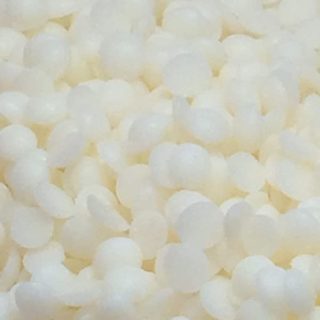
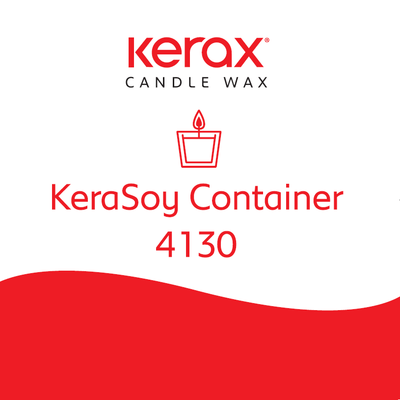
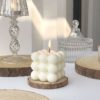
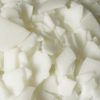
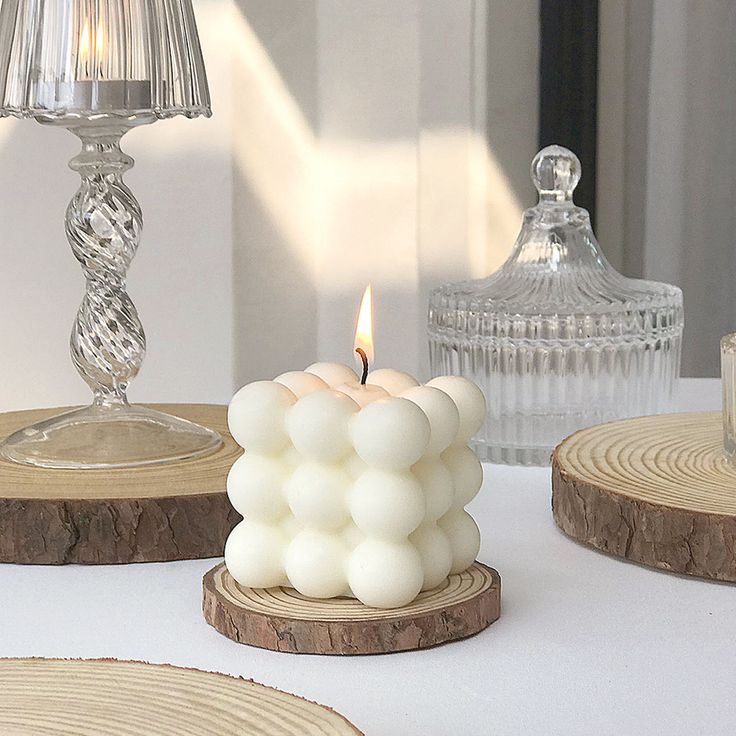
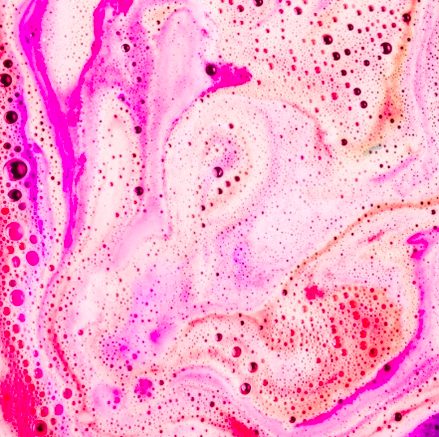
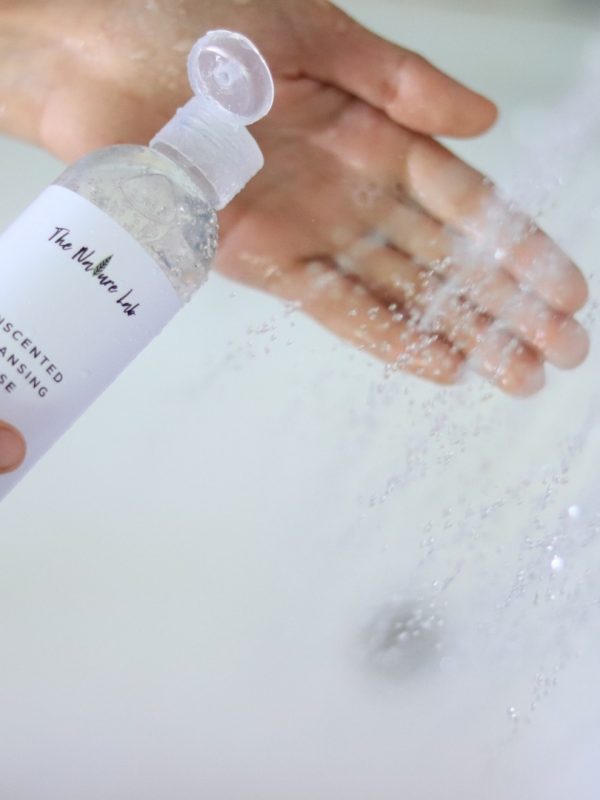
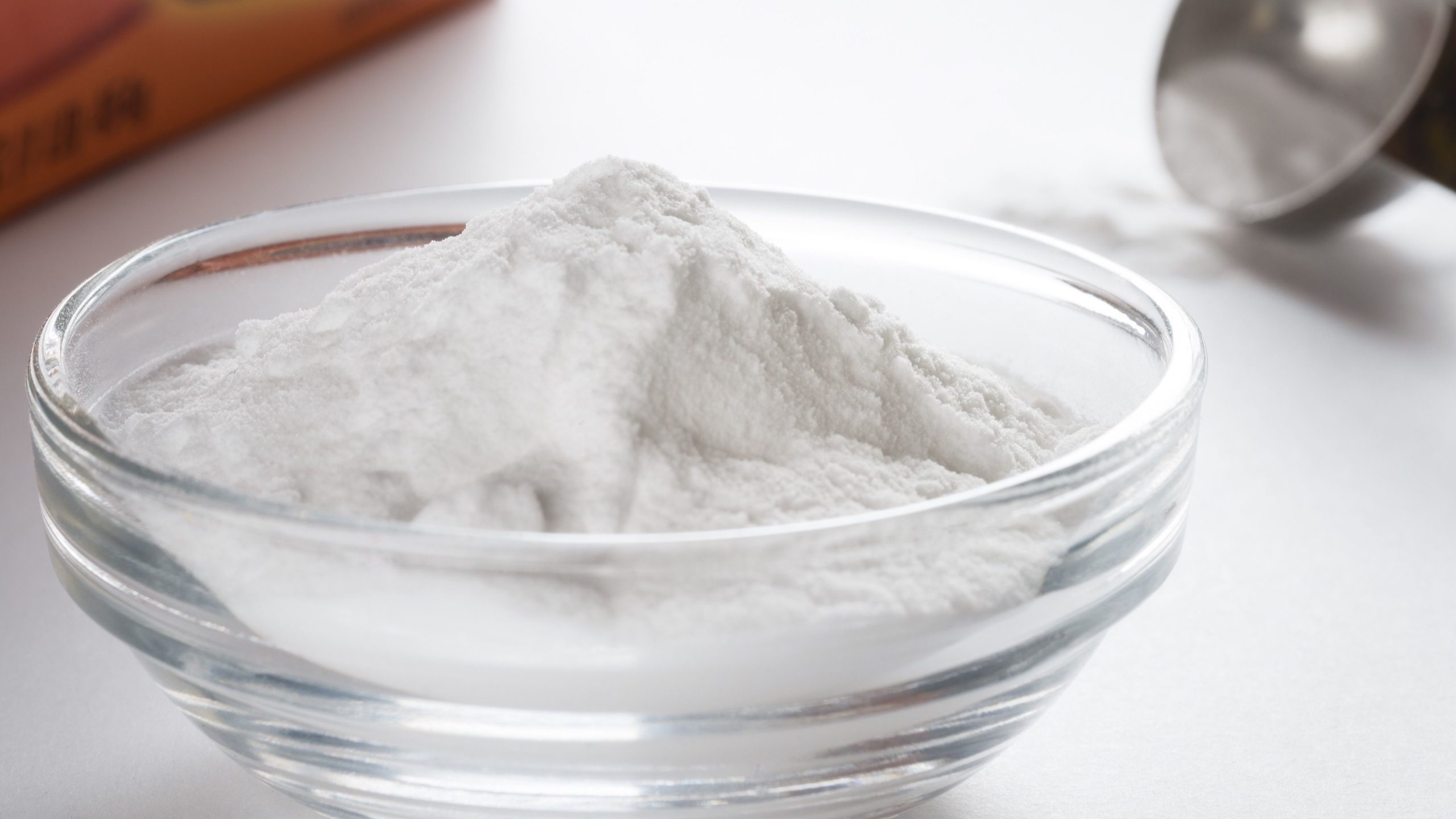

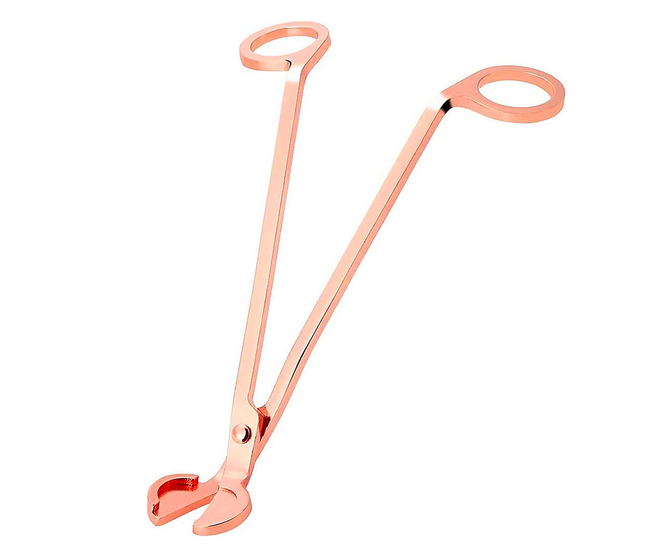
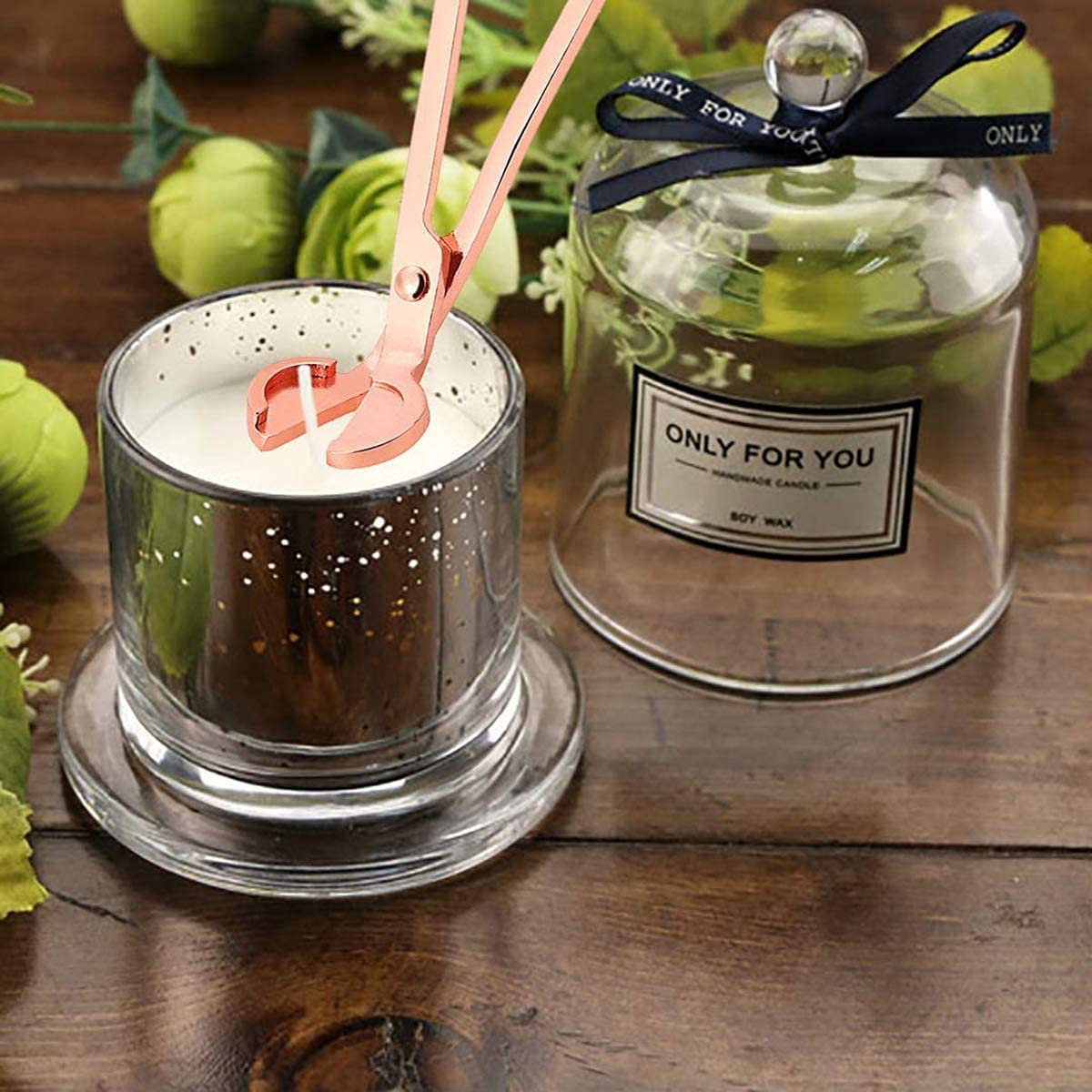
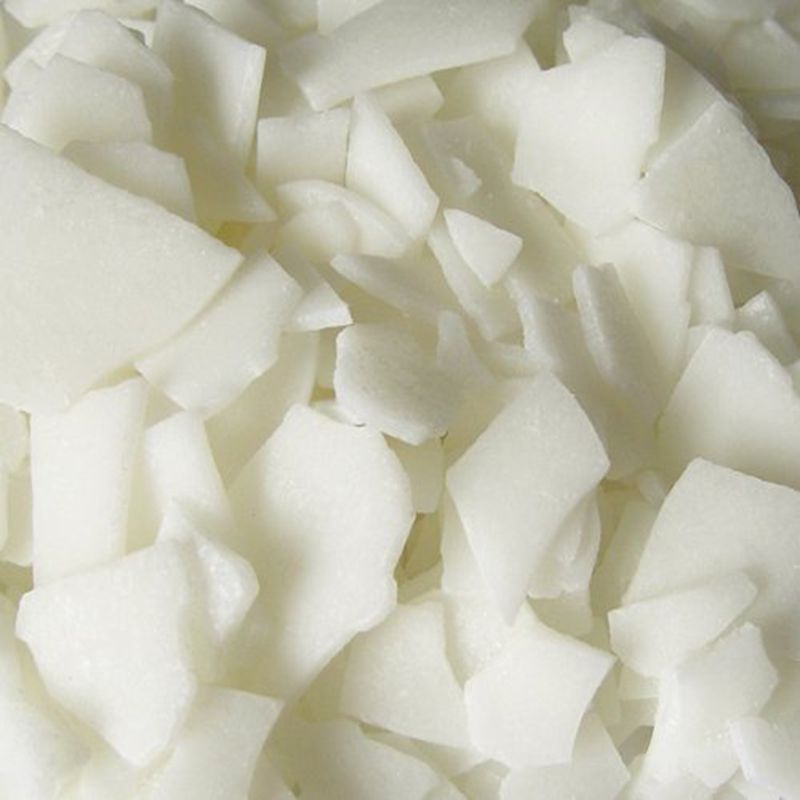
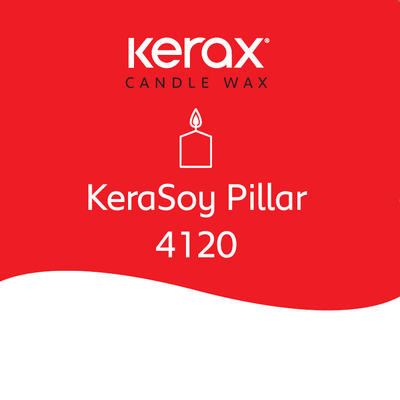
Reviews
There are no reviews yet.